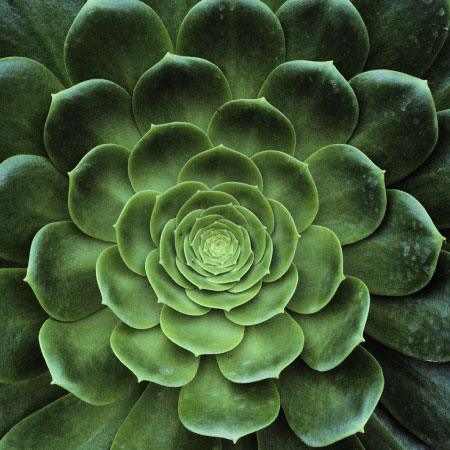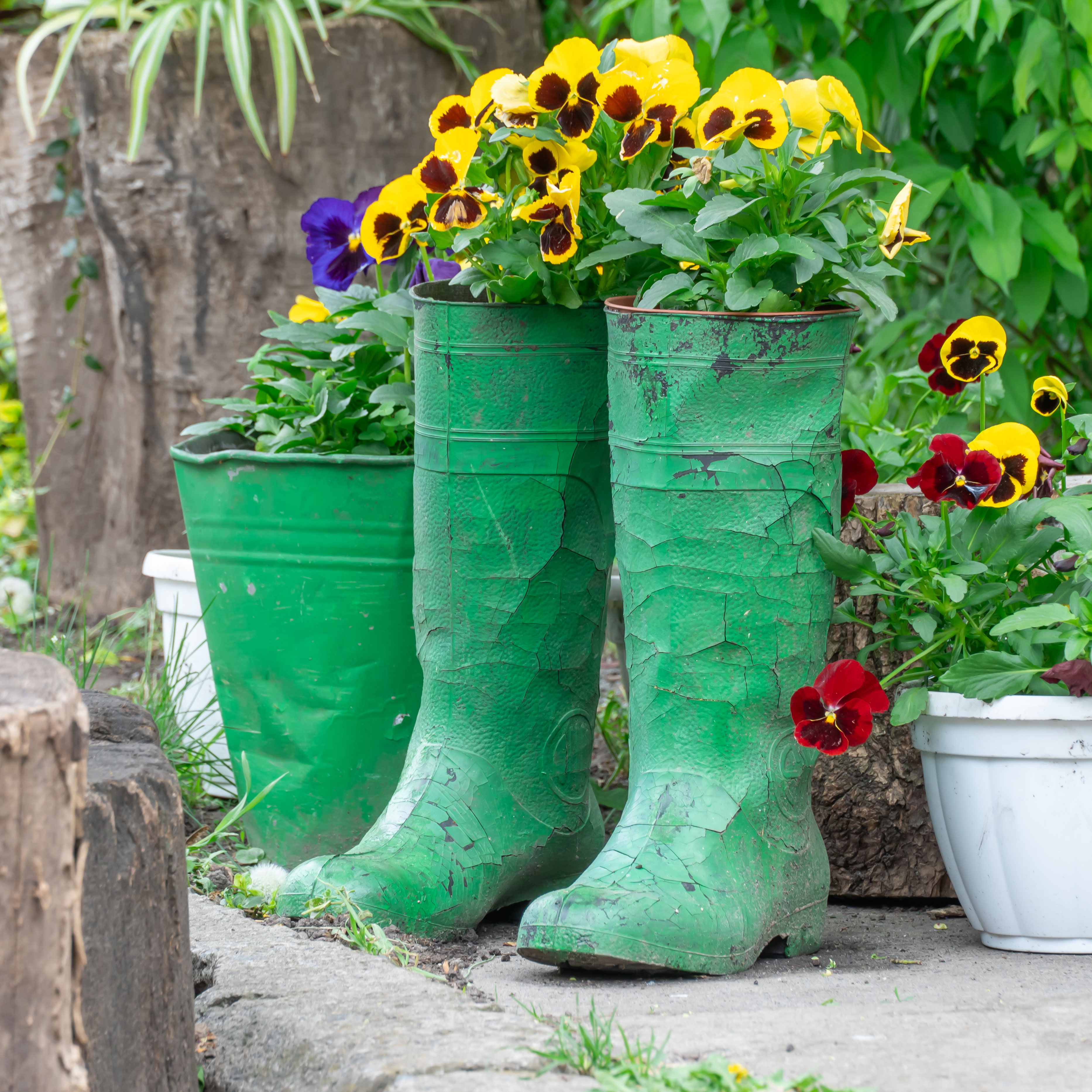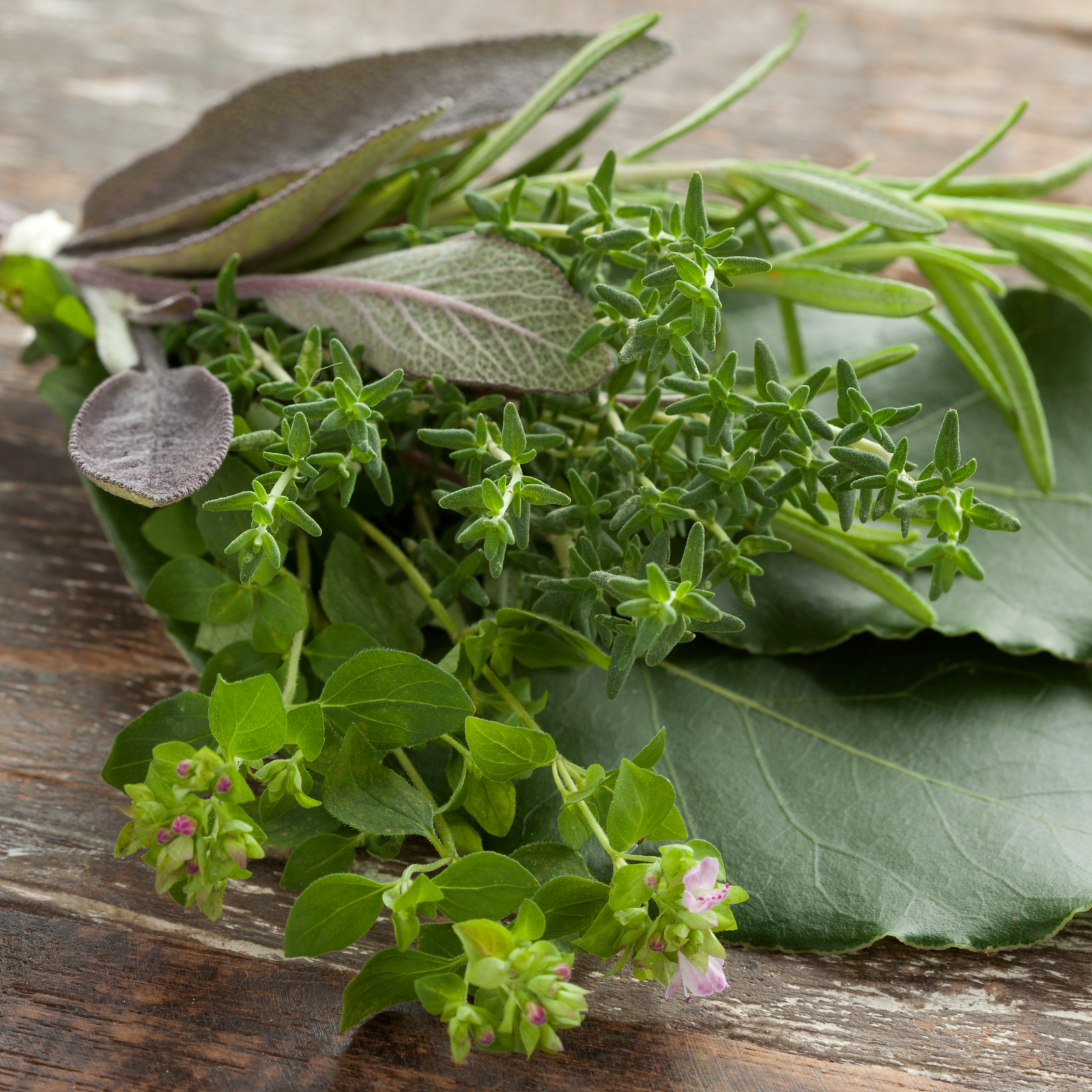Late Blight Disease In Celery: How To Manage Celery With Late Blight

What is celery late blight? Also known as Septoria leaf spot and commonly seen in tomatoes, late blight disease in celery is a serious fungal disease that affects celery crops across much of the United States and around the world. The disease is most troublesome during mild, damp weather, especially warm, humid nights. Once late blight on celery is established, it is very difficult to control. Read on for more information and tips on how to manage late blight on celery.
Symptoms of Late Blight Disease in Celery
Celery with late blight disease is evidenced by round yellow lesions on the leaves. As the lesions get larger, they grow together and the leaves eventually become dry and papery. Late blight on celery affects older, lower foliage first, then moves up to younger leaves. Late blight also affects stems and can ruin entire celery plants. Tiny, dark specks in the damaged tissue are a sure sign of late blight disease in celery; the specks are actually reproductive bodies (spores) of the fungus. You may notice jelly-like threads extending from the spores during damp weather. The spores spread rapidly by splashing rainwater or overhead irrigation, and are also transmitted by animals, people, and equipment.
Managing Late Blight Disease in Celery
Plant resistant celery varieties and disease-free seed, which will reduce (but not eliminate) late blight on celery. Look for seed at least two years old, which is usually free of the fungus. Allow at least 24 inches (61 cm.) between rows to provide ample air circulation. Water celery early in the day so the foliage has time to dry before evening. This is especially important if you irrigate with overhead sprinklers. Practice crop rotation to prevent the disease from accumulating in the soil. If possible, avoid planting other vulnerable plants in the affected soil, including dill, cilantro, parsley, or fennel for three growing seasons before planting celery. Remove and dispose of infected plants immediately. Rake the area and remove all plant debris after harvest. Fungicides, which don’t cure the disease, can prevent infection if applied early. Spray plants immediately after transplanting or as soon as symptoms appear, then repeat three to four times per week during warm, humid weather. Ask experts at your local cooperative extension office about the best products for your area.
Gardening tips, videos, info and more delivered right to your inbox!
Sign up for the Gardening Know How newsletter today and receive a free copy of our e-book "How to Grow Delicious Tomatoes".

A Credentialed Garden Writer, Mary H. Dyer was with Gardening Know How in the very beginning, publishing articles as early as 2007.
-
 Creative Ideas For Plant Containers: 7 Ways To Save Money And Add Charm To A Garden
Creative Ideas For Plant Containers: 7 Ways To Save Money And Add Charm To A GardenIf you are looking for great ways to add personality to your container gardening – and even save yourself some money – then try these creative ideas for plant containers
By Mary Ellen Ellis
-
 How To Make A Bouquet Garni Or Herb Bundle For Cooking
How To Make A Bouquet Garni Or Herb Bundle For CookingIf you’re a great cook, you may have made an herb bundle before. If this is a new idea, learn how to add sparkle and interest to your dish with a bouquet garni.
By Amy Grant